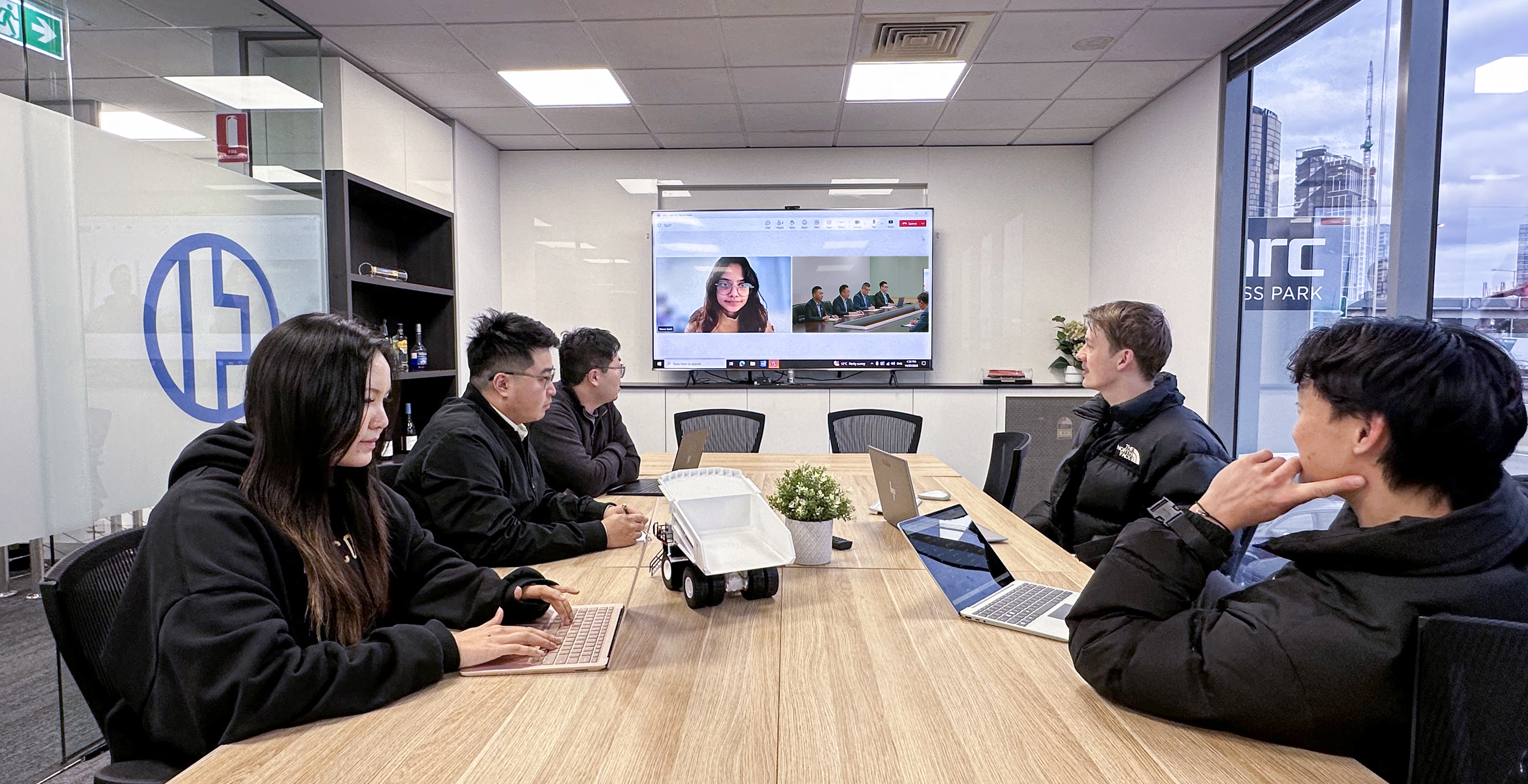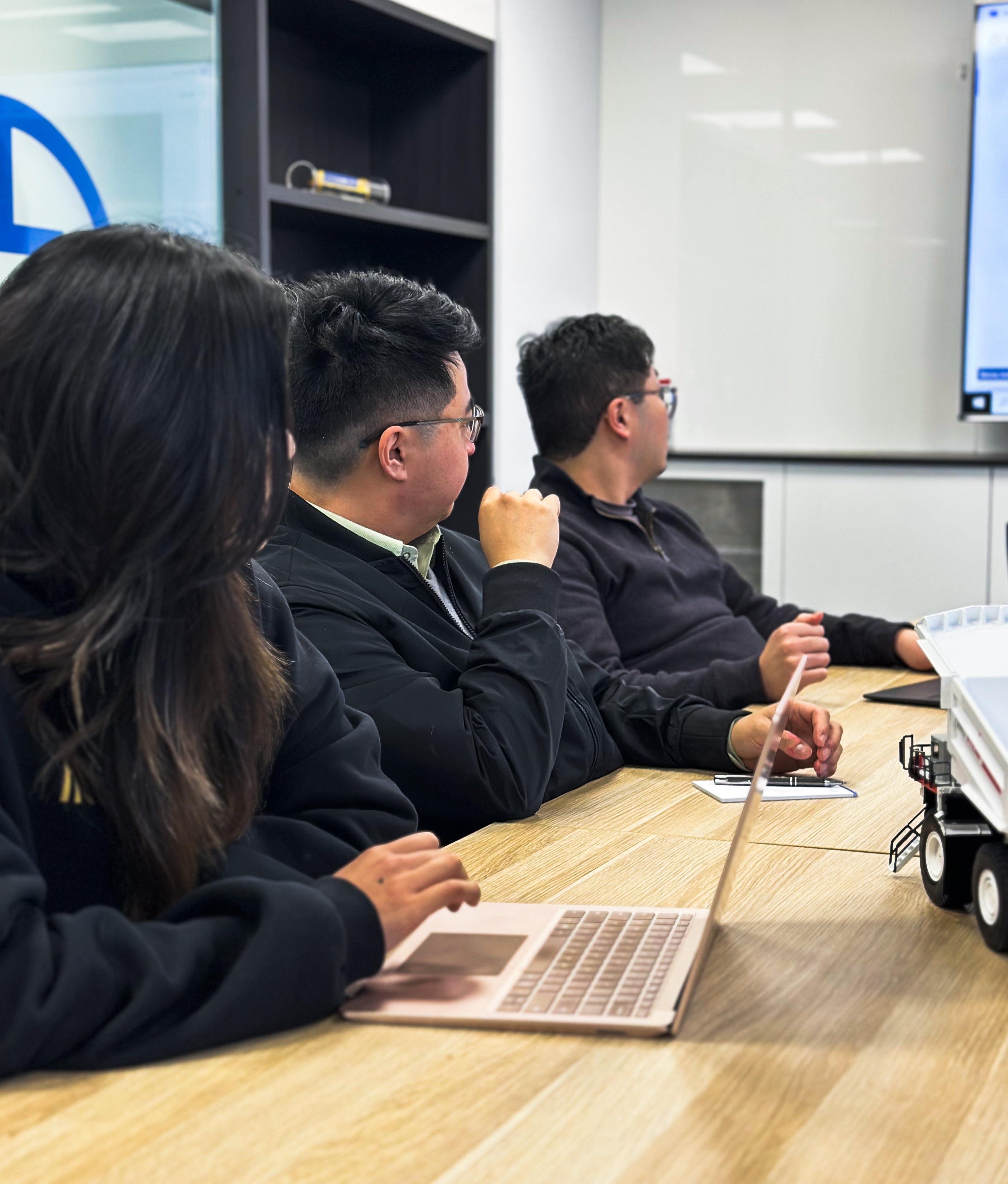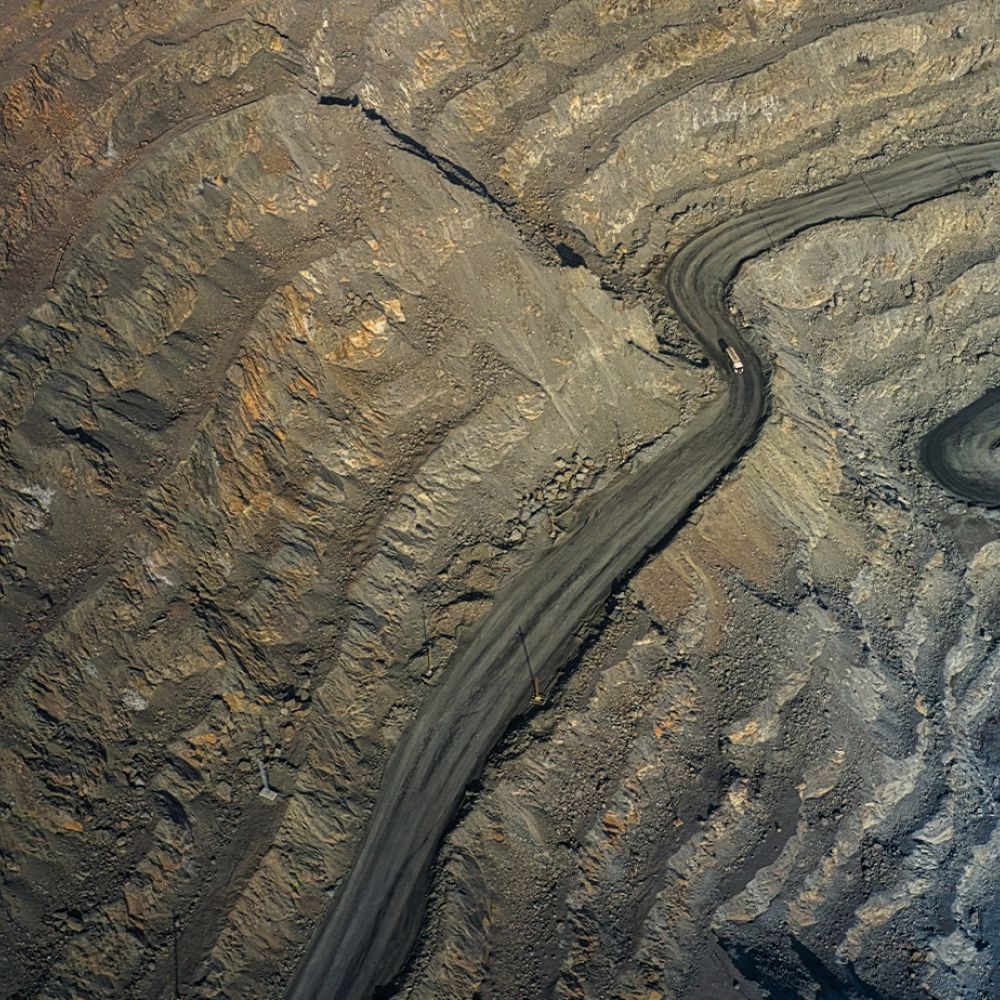When people first hear about Alta Technology, there's often a moment of confusion. “They ask us: are you an Australian company or a Chinese company?" says Roy Zou, Alta's Managing Director, recounting a common question. "The answer is simple, we're proudly Melbourne-based, but we've developed something most Australian companies struggle to achieve seamlessly – direct access to world-class manufacturing capabilities."
This misunderstanding reveals something profound about how international partnerships are evolving in the mining electrification space. While Australia sees itself as a mining leader, the reality is that China's three-decade head start in electrification has produced innovations and infrastructure rollouts that warrant serious attention. Alta exists as the bridge between these two worlds.
The Human Story Behind the Partnership
For Arthur Lee, Alta's Senior Electrical Engineer, joining the company represented a return to his love for renewable energy. “When I found the role at Alta, I realised the position would allow me to lean into my passion by bringing products up to Australian standards, while developing cutting-edge Chinese technology."
Jeremy Lin, who joined three years ago when the company was still finding its feet, was drawn by the fast-paced environment and constant challenges. "I’ve stayed because of our commitment to continuous improvement," he says. "We're always about being agile and trying to learn as fast as we can."
This human element – the excitement of building something genuinely innovative – permeates the entire team. As Roy notes, "Alta doesn't feel like a traditional Australian company or a traditional Chinese company. We're something entirely new that combines the best parts of both working environments."
The Practical Reality of Cross Cultural Innovation
The partnership isn't just about cost savings or manufacturing scale, it's about solving problems that neither country could tackle alone. "To make renewables commercial, you would need to move the entire supply chain, including design, to China," explains the team. "It's difficult to be cost-competitive without integrating supply chain factors from China. But moving design and innovation to China is challenging because innovation is driven by the needs of clients and markets, and our core market is in Australia."
This is where Alta's Melbourne headquarters becomes crucial. Arthur describes his role as a mediator: "Whenever we have specific technical questions on design or standards, I act as a bridge to ensure our engineers in China prepare responses that align with Australian and international engineering standards."
The collaboration runs deeper than most realise. Both the Melbourne and Nanjing offices have dedicated meeting rooms for each other, enabling seamless daily communication. These spaces symbolise more than just video conferencing, they represent a genuine integration of teams working towards shared objectives.
The team works with China every day, breaking down Australian customer requirements into specific, actionable items. "We front-end all the interaction with clients," Jeremy explains. "We capture requirements, clarify what clients need, then work with our Chinese partners daily to deliver solutions that meet Australian standards."

Alta & Huashi Stay Connected Through Daily Meetings
Australian Standards, Global Capabilities
The technical challenges are substantial. Australian mining demands compliance with a complex range of different standards, from electrical requirements to safety protocols that don't exist in Chinese manufacturing contexts. "Australian standards ask you things like 'Can you prove this? Have you considered that? Show me how you considered this,'" the team explains. "Chinese standards are more prescriptive. For example, if you build a component, it must look exactly like this."
"We are the gatekeepers to ensure the entire project is actually built to Australian standards," says Arthur. "This creates a frictionless experience for customers who feel like they're working with an Australian company while accessing global manufacturing capabilities."
The Strategic Advantage
This model gives Alta capabilities that pure-play Australian companies find difficult to match. "Very few people in the world are willing to do retrofitting of old trucks," the team notes. "Within that handful, if you also want cutting-edge renewable technology, there are limited options for accessing this via established Chinese supply chains."
The partnership allows Alta to deliver commercially competitive renewable retrofits while maintaining Australian business practices, quality standards, and customer service. This integration goes beyond typical outsourcing relationships, the teams function as one organisation across two continents.

Looking Forward
For Alta's team, the cross-cultural relationship is about creating something unique, based on mutual respect and understanding. "The biggest learning is that you can't apply Australian ways of thinking to Chinese culture," Roy reflects. "You have to become super agile, matching their way of working while also matching the client's way of working."
This agility has created what Jeremy calls "a window to both worlds", enabling Alta to harness China's renewable technology leadership while maintaining the business acumen, innovation focus, and quality standards that Australian mining companies expect.
In an industry where the choice has traditionally been between expensive local solutions and uncertain international alternatives, Alta represents something new: a genuinely Australian company with global capabilities, proving that the future of mining innovation lies not in choosing between markets, but in connecting them.
Share This Article:
Take the step toward
next-gen battery tech.
Learn more
next-gen battery tech.
